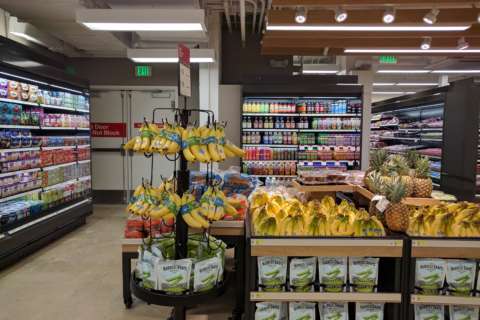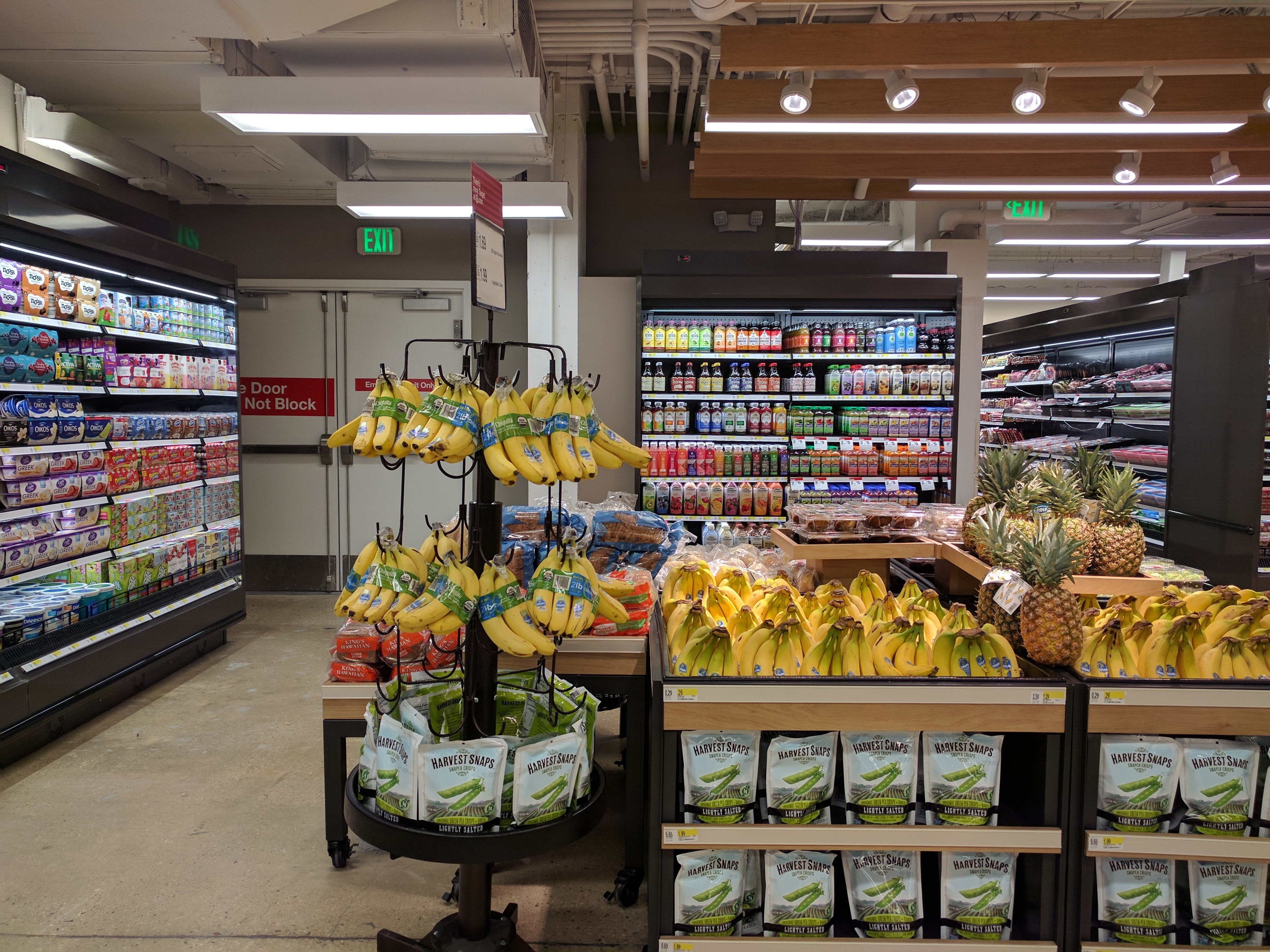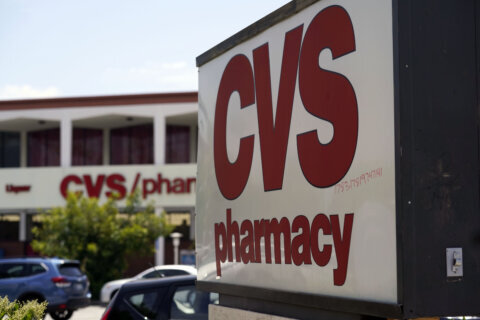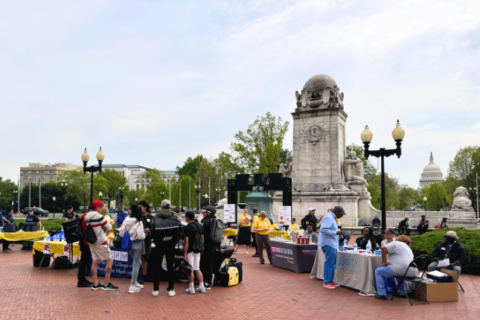
A severe lack of full-service grocery stores in Wards 7 and 8 is one of the contributing factors for food insecurity, according to a report entitled Still Minding the Grocery Gap in D.C. report released Wednesday by D.C. Hunger Solutions.
The report found the disparity in access to healthy and affordable food has taken a toll on the health and well-being of residents, as well as the economy of the wards, while shining a light on racial wealth inequity in the District, according to a release.
Wards 7 and 8 had significantly worse health outcomes than other wards, the report said, with a high percentage of the population suffering from diet-related diseases and self-reported poor health.
There were four full-service grocery stores in Ward 7 in 2010 and two in 2020. In Ward 8, there were two full service grocery stores in 2010 and one in 2020.
In contrast, the report found that wards with the highest income, in Northwest and Northeast D.C., saw an increase in full-service grocery stores from 2010 to 2020.
“The COVID-19 emergency has highlighted significant disparities among wards when it comes to grocery store access, health and wealth,” said Beverley Wheeler, of D.C. Hunger Solutions.
“Adequate grocery store access will decrease the likelihood of diet-related diseases among low-income ward residents, making them less likely to suffer from negative health effects from COVID-19.”
Many of these residents rely on federal nutrition programs such as the Supplemental Nutrition Assistance Program and the Special Supplemental Nutrition Program for Women, Infants, and Children to feed themselves and their families. However, limited access to full-service grocery stores only exacerbates food insecurity, the release said.
Nearly 15% of households in D.C. report struggling to buy enough food for themselves and their families, according to the report.
Wards 5, 7 and 8 are the only wards in D.C. where Black residents are in the majority; those wards also have the highest percentage of unemployment, lowest median incomes, smallest growth in income and highest rates of poverty. Wards with the highest white populations, Wards 1, 2, and 3, have the highest median incomes and have seen the largest economic growth.
“D.C. lawmakers recognize this disparity. We just need them to act quickly to eliminate the growing grocery gap in our nation’s capital and offset the new hunger levels created by COVID-19 and the systemic inequalities,” Wheeler said. “Ending hunger in the District of Columbia is going to require collective action from all sectors. We’re looking for consistent food access, not novelty food access.”
D.C. Hunger Solutions made recommendations to help with the “grocery gap” in the District:
- Repealing the FEED-ACT and reinvest the money from ending the tax cut into community-based approaches;
- Investing in the DMV Good Food Fund to sustain and stabilize mission-aligned good food enterprises in the Washington Metropolitan Area;
- Convening a multi-sector task force that examines grocery store development in those wards;
- Investing more in public transportation infrastructure in Wards 7 and 8, supporting other sources of food access; and
- Generating community input in the development of new programs.
Read the full report on the D.C. Hunger Solutions website.









